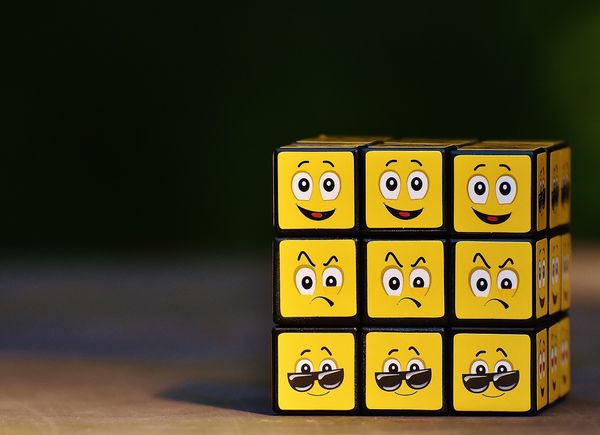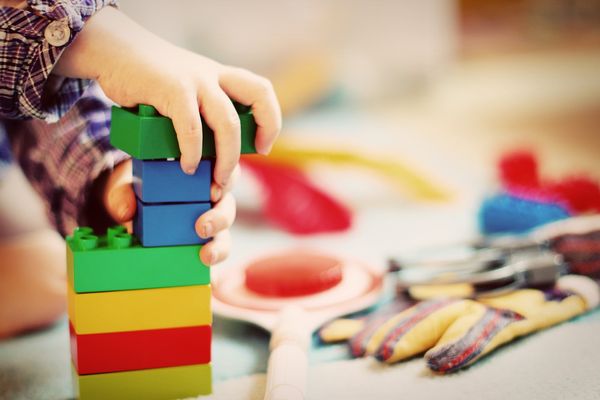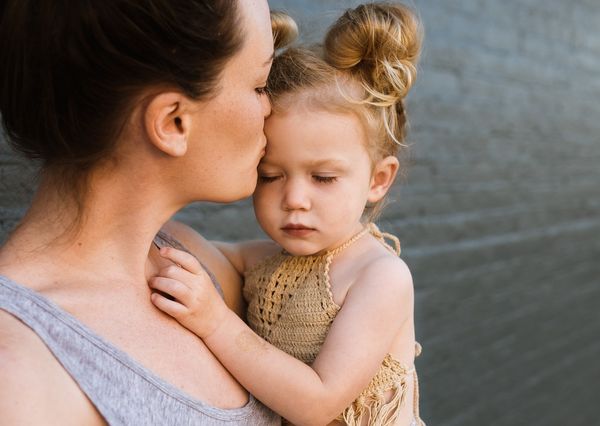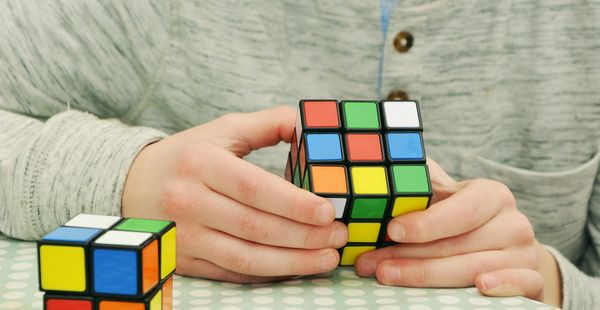Level Two - Similarity: Continuous Contact and Possession.
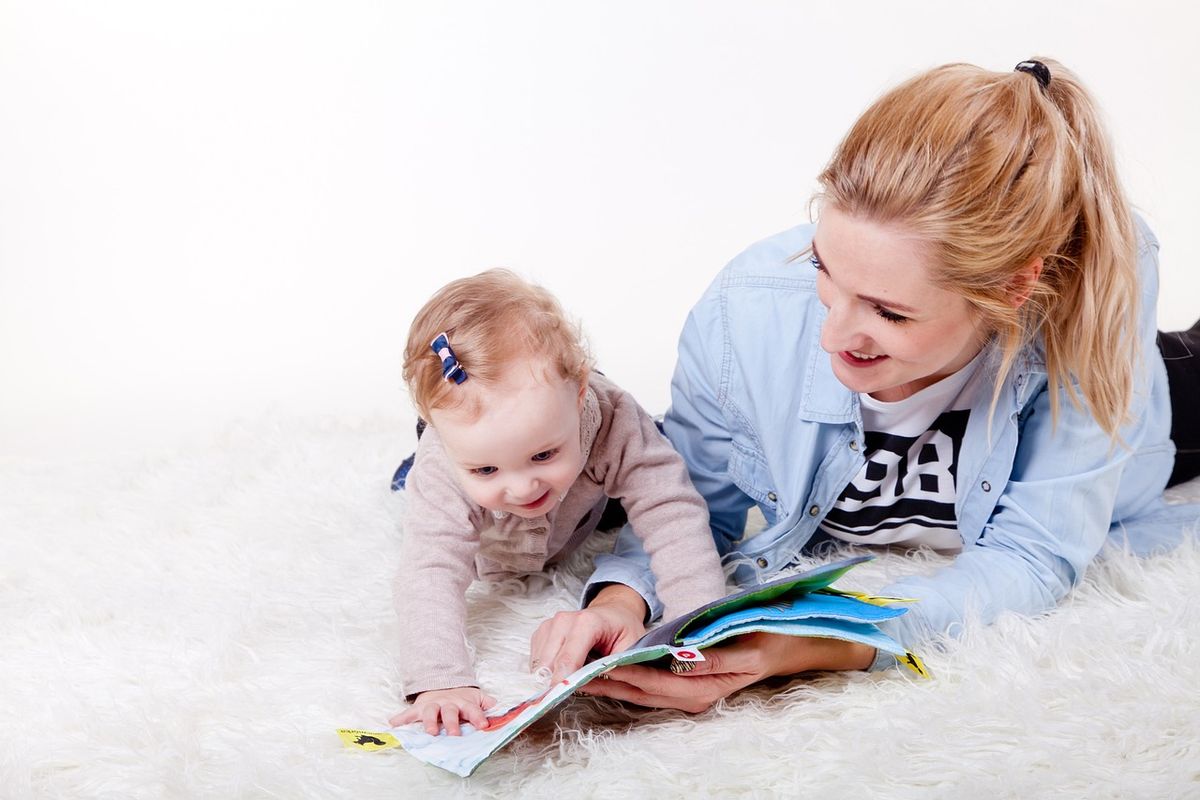
To make it easier to apply the theory in practice, you can write down the ideas you liked and hang them on the fridge or another place you frequent. This way, you can spontaneously offer something from the list to your kids. Alternatively, you can plan one or two "activities" you want to try during the day. It's convenient to add these new ideas to routine moments: after a nap or before lunch, right after a walk, and so on. This makes it easier to remember. You can also try adding ways to connect with your child in those moments that currently seem most challenging.
Child doesn't want to get dressed? What if you pick them up? What if you whisper something at that time? What about playing finger games? Tickling, perhaps? You get the idea. Think about the times in your day that bring separation instead of contact: changing diapers, brushing teeth, lunch, waking up after a nap, a bus ride? How can you add contact in those moments?
Before Moving on to Practical Information About the Second Level of Attachment, Let's Talk a Bit More About Attachment Itself.
It's crucial to understand that attachment is the child's subjective feeling. It's not about us, not about what we feel; it's about what the child feels. We can love the child with all our hearts, but they may not feel our love. Perhaps we express it at an attachment level that is not yet accessible to the child. For instance, the level of love starts developing only around the child's fifth year. So, if we constantly say "I love you" to a one-year-old but never pick them up "to avoid spoiling them," they're unlikely to feel a secure attachment. Separation also significantly affects attachment. We might invest in our relationship with the child, but if we constantly grumble during meals, get upset that the child isn't eating, argue over uneaten soup, the child will feel immense separation. Therefore, it's important to look at what specifically fills your child, what gives them a sense of contact, and what your child feels as separation, then work to minimize it.
In attachment, a sense of continuity is also crucial. The child must feel attachment constantly, be confident that everything is okay with the adult, that they are always there (as long as needed), and that contact is always available, never dependent on the child's behavior/mom's mood/circumstances, etc. For instance, leaving home without saying "Bye-bye" to the child is not a good idea, as the child may subconsciously worry that mom can disappear at any time. Even if you leave while the child is asleep, and they fell asleep with you, it's essential to return before they wake up. Alternatively, it's better if someone else, who can be with them when they wake up, puts them to sleep. For us, for example, my husband puts the child in the backpack if I need to go somewhere. This way, the son both falls asleep and wakes up next to his dad.
In supporting the sense of continuity in attachment, the ritual of "possession" is very helpful. This ritual involves approaching the child, looking into their eyes, nodding, and waiting for a nod in response. It's like confirming that mom is there, mom is close, everything is good, and I remember you. Of course, everyone's ritual of possession will look different: exchanging a few words, asking something, hugging, kissing. The main thing is to occasionally give the child a sense that we are in contact with them. The younger the child, the more often they need these reminders. In such moments, you can invite them to have a snack, pick them up, but first, make sure the child has noticed you, so as not to provoke resistance to your actions. Possession is simply necessary if you plan to switch the child from one activity to another, or you need cooperation from the child. In other words, we need to ensure that the child is in contact with us first before calling them to eat, change a diaper, or ask them to clean up toys. Try practicing possession, and you'll see how much easier it is to achieve peace in many issues with both children and adults. It really works for everyone. But be careful not to use possession only when you need something from the child, as the child may start resisting this ritual. If it becomes a part of your life, used both casually and when you need something from the child, then there won't be any issues.
Now, Let's Move on to the Second Level of Attachment: Similarity.
Attachment at the similarity level typically begins to develop around the second year of a child's life, although it can vary. It's a remarkable level where children want to be like us; they want to engage in what we do. Thanks to this level (not only this, but still), children adopt our values and preferences. It's through attachment that children start to talk. Quite fascinating, isn't it? Language development is influenced by attachment because children imitate those to whom they are attached. So, it's much better for a child to talk to us than to watch cartoons and then talk like the main characters of children's cartoons.
Here's what we can do to give a child a sense of contact and closeness at the second level of attachment (for children of any age from one year and beyond):
Matching Clothes and Accessories
One of the simplest ways to highlight your bond is through matching clothes and accessories. It's easy to find adorable Mother Baby Family Matching Winter Hat sets that will keep you both warm and stylish during the cold months.

For a more subtle touch, consider matching accessories like bracelets. Girls will love the Mom and Daughter Matching Bracelets, while boys might prefer the dinosaur-themed variant.

Shared Items and Experiences
Sharing items and experiences can also be a fun way to bond. For instance, you can buy matching toothbrushes, which also serves as a great way to encourage good dental hygiene habits.
Repetition Games
Playing games that involve repetition is another great way to bond with your child. These can range from simple mimicry games for younger kids to more complex activities for older children.
Similar Hairstyles and Grooming
Why not try out matching hairstyles or paint your nails the same color? It's a fun activity that also allows for some creative expression.
For older siblings, consider getting a carrier for their dolls, especially when mom is carrying the younger child in a sling. It's a great way for them to feel involved and responsible.
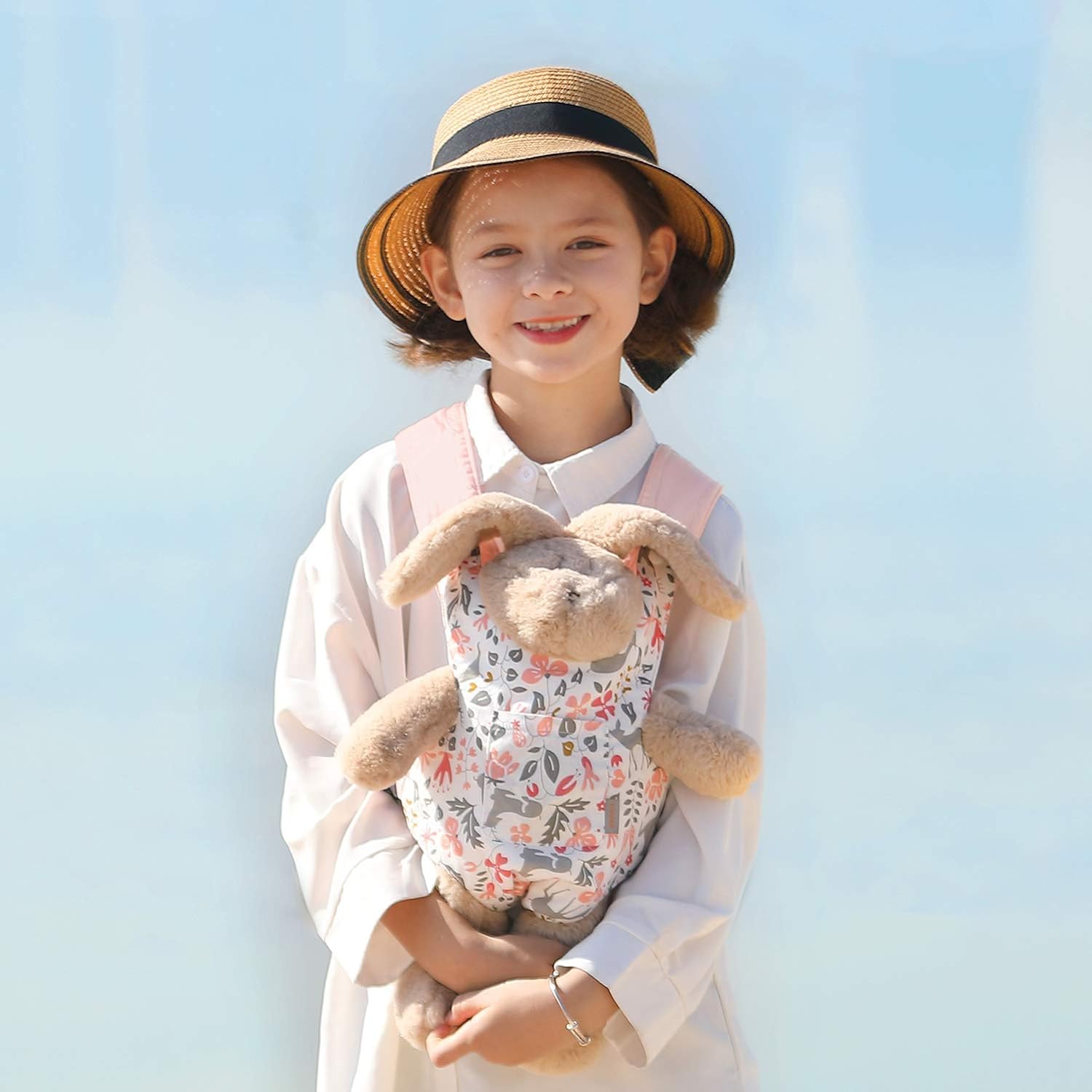
As you can see, there are plenty of ideas about similarity. Again, choose what is relevant to your family. How can you fill your loved ones at this level? Once again, matching clothes and accessories, identical items, shared interests, and experiences. Be interested in what interests your partner and try to find something interesting for yourself in this activity (this also works great with teenage children). Order the same dishes at cafes, listen to the same music.
Of course, it's not necessary to do this all the time, as you might forget about your own preferences. However, trying to find something common in your interests is always a good idea.
How We Can Foster Attachment with Other Adults at This Level:
The principle is quite clear: tell dads/grandparents and so on how the kids resemble them both in appearance and character, using the same words, being interested in the same things. Buy something identical. You can create albums or collages with similar photos of kids and dads.
In terms of nannies or teachers, we can't use external resemblance much (except perhaps emphasizing the same eye or hair color), but similar preferences can bring them closer.
For instance, if a grandma loves potato dumplings, and the child does too, you can cook dumplings together when grandma visits.
It's especially cool if someone from the family can be similar in something that only they share. For example, the child is interested in dinosaurs, and the godparent was interested in them in childhood. It immediately becomes something unique and special.
To avoid division at this level, it's enough to avoid mentioning the things in which you differ from the child, especially in a negative way. Don't emphasize that you like different food or that the child doesn't eat what you like. Older children already notice these things and are ready to accept this kind of division. However, even for us adults, it's sometimes hard to accept differences in preferences with our loved ones, so it's worth avoiding this with children.
Physical separation at this level can be mitigated by leaving your things with the child when you go somewhere. With older children, when saying goodbye, you can ask the adults staying with them to emphasize your similarity from time to time. "You have your mom's eyes," "today I cooked the soup you love and that your mom loved in her childhood," and so on.
Attachment Theory: Why It Matters for You and Your Child
